Ark Energy has broken ground on the initial phase of its SunHQ Hydrogen Hub project which includes the installation of green hydrogen production facility featuring a 1 MW polymer electrolyte membrane (PEM) electrolyser at Korea Zinc’s Sun Metals zinc refinery in Townsville.
Located within the Sun Metals Green Industrial Precinct in Townsville, SunHQ will produce green hydrogen through a behind-the-meter connection to the neighbouring 124 MW Sun Metals Solar Farm. Compression, storage and refueling facilities will be located adjacent to the electrolyser.
SunHQ is expected to produce approximately 155 tonnes of green hydrogen per annum, about 90 tonnes of which will be used to power five of the world’s heaviest fuel cell electric trucks (FCET) that will ply the 30-kilometre route from the Sun Metals refinery to Townsville Port, and back.
Ark Energy will acquire five Hyzon Motors’ 140-tonne rated FCETs and lease them to sister company Townsville Logistics (also a subsidiary of Korea Zinc) which will use them to transport zinc concentrate from the port to the refinery and zinc ingots from the refinery to the port. The trucks will replace five existing diesel prime movers, avoiding an estimated 1,300 tonnes of carbon emissions every year.
Ark Energy Chief Executive Officer Daniel Kim said he expects the project to demonstrate the functionality and versatility of hydrogen fuel-cell electric trucks, helping to accelerate the decarbonisation of the heavy transport sector.
“We’re excited about the catalytic potential of SunHQ to build the domestic hydrogen economy of north Queensland and bring forward the decarbonisation of Australia’s ultra-heavy transport sector by several years,” he said.
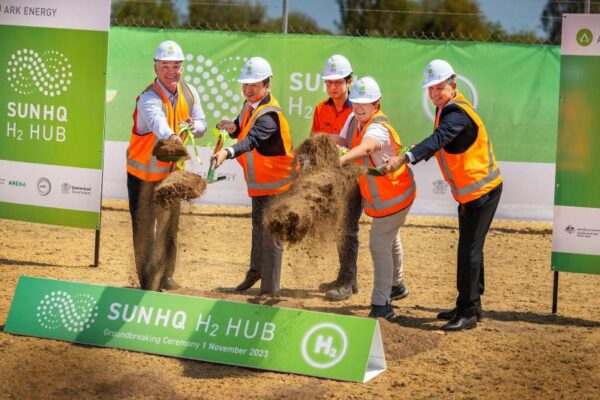
Image: CEFC
It is anticipated that the production and testing of green hydrogen from SunHQ will commence early next with the first FCET expected to be delivered by the end of Q2 2024.
Kim said in addition to Ark Energy’s own requirements, there will be additional capacity for the facility to supply green hydrogen to third-party customers.
“We have deliberately oversized the capacity of SunHQ to ensure there is surplus green hydrogen to support other major industrial customers achieve their emissions reductions targets,” Kim said.
Further phases of the project are expected to build on the domestic market and develop export opportunities for green hydrogen into Korea.
The SunHQ project has received a $3.02 million grant from the Australian Renewable Energy Agency (ARENA) and is being supported by a $12.5 million debt finance facility from the Clean Energy Finance Corporation (CEFC). It has also been supported with funding of up to $8 million from the Queensland government’s Hydrogen Industry Development Fund.
This content is protected by copyright and may not be reused. If you want to cooperate with us and would like to reuse some of our content, please contact: editors@pv-magazine.com.
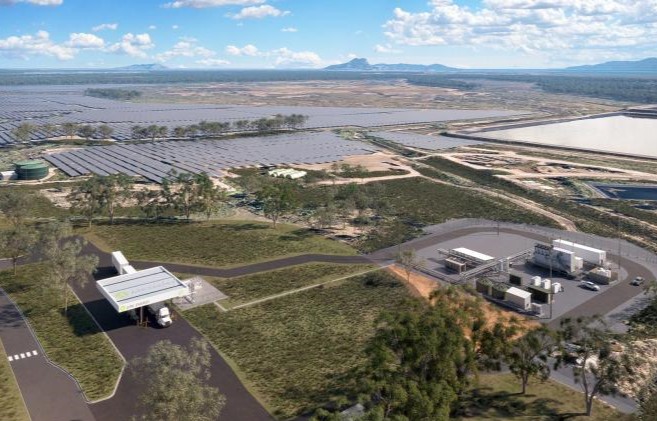
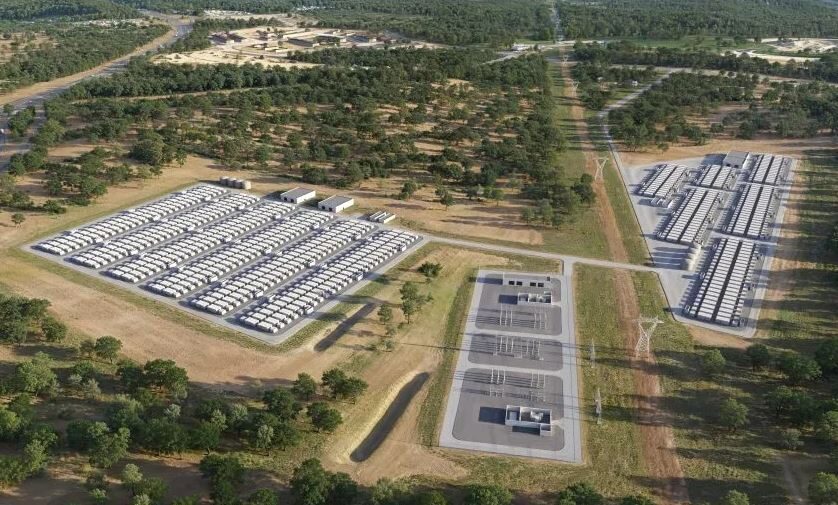
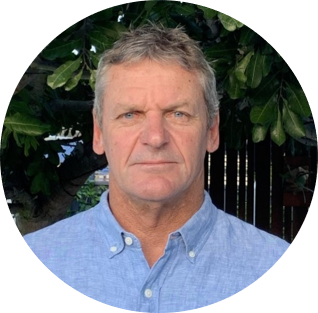

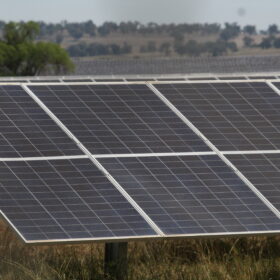
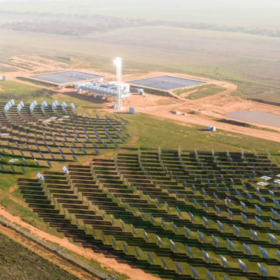
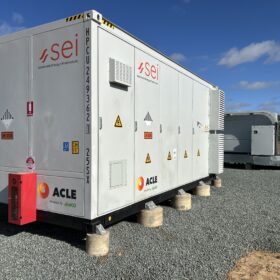
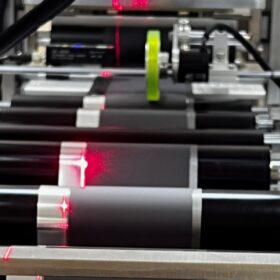
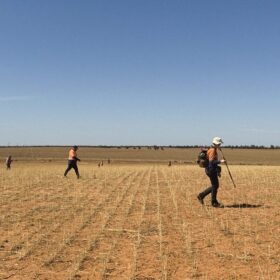
1 comment
By submitting this form you agree to pv magazine using your data for the purposes of publishing your comment.
Your personal data will only be disclosed or otherwise transmitted to third parties for the purposes of spam filtering or if this is necessary for technical maintenance of the website. Any other transfer to third parties will not take place unless this is justified on the basis of applicable data protection regulations or if pv magazine is legally obliged to do so.
You may revoke this consent at any time with effect for the future, in which case your personal data will be deleted immediately. Otherwise, your data will be deleted if pv magazine has processed your request or the purpose of data storage is fulfilled.
Further information on data privacy can be found in our Data Protection Policy.